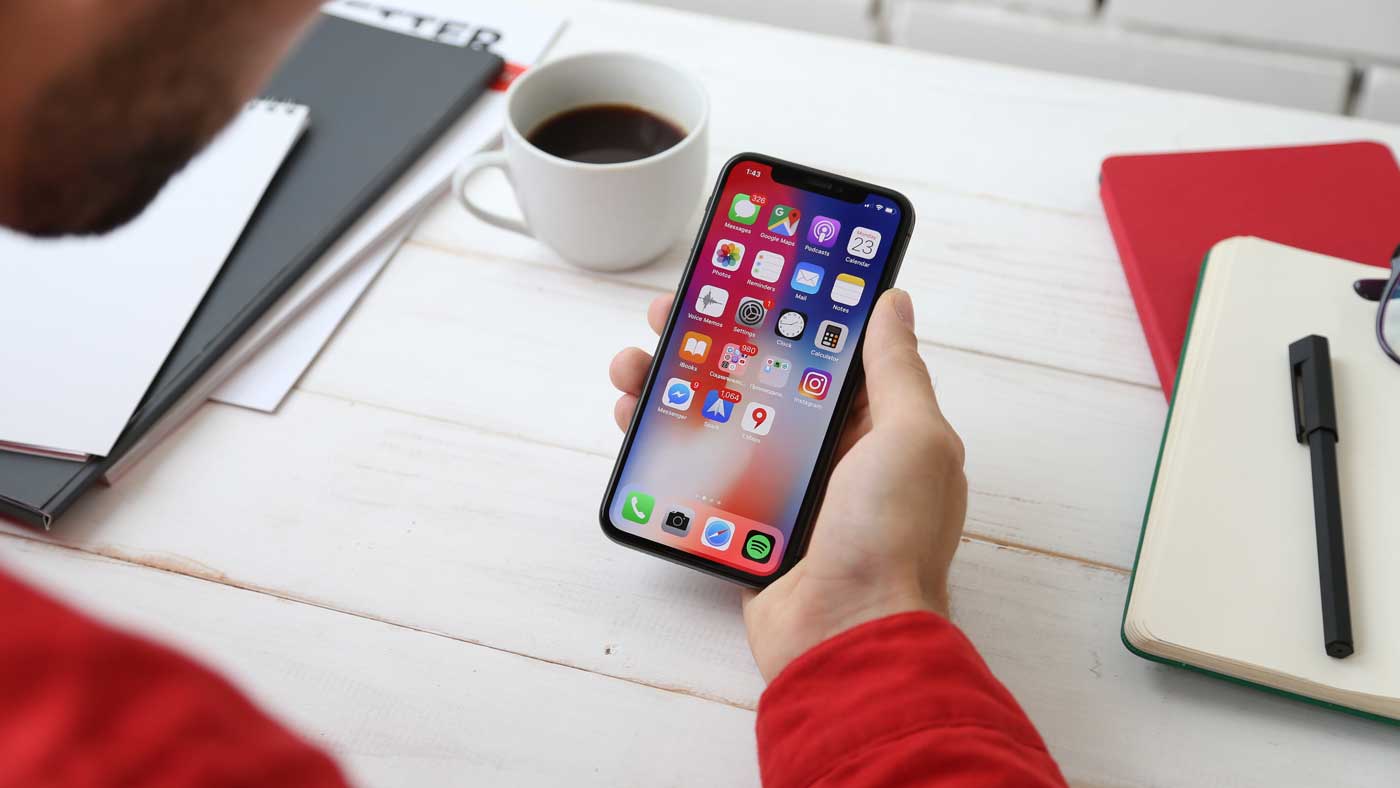How Mobile Phones Have Changed the Agile Working Landscape

“Mobile, mobile, mobile!” has a certain ring to it and gives the term “location, location, location” a run for its money as it takes the modern worker on the road to virtually anywhere there is mobile coverage.
Since the very first ‘brick’ mobile phone was launched in the Australian market on February 23, 1987, the number of smartphone users in Australia has grown to roughly 19.3 million. A smartphone is the device of choice for remote workers across the nation, as it allows access to communications 24/7, depending on the service range.
Once corporate influencers like Virgin founder Richard Branson had advocated the device then Steve Jobs introduced the Apple iPhone in 2007, the simple mobile phone gained its glamour ‘smartphone’ status.
Branson epitomised the mobile worker when he said, “My mobile phone gave me so much more mobility. I was freed to do what I enjoy doing the most: getting out there, travelling and meeting people. I hit the ground running.”
Online access in the palm of your hand
Smartphones take the mobility element that step further because they’re not just a portable telephone. There are plenty of ways to use mobiles to boost productivity, which has been a boon for businesses.
With access to the internet, smartphones can be used for video conferencing, storing relevant data, modifying digital content via CMS applications, writing emails and sharing information by gaining access to the same programs as your deskbound contemporaries back at the office.
The introduction of Android and iPhone messaging apps has meant many workers can stay in touch throughout the day more easily by ‘chatting’ to each other. Often, sending a quick chat message is a much faster way of communicating because you can do away with the formalities taken when making a phone call.
The benefits of using smartphones is they allow more flexibility when working. You have the choice of where, when and how you work, which often leads to reduced stress and less sick leave.
Mobile phones can influence a more active lifestyle, as well, whereby workers who are waiting on important calls can take their phone with them on a lunchtime run without having to worry about missing deadlines.
How the rise of agile working has embraced the mobile phone
Since the introduction of the internet in the 1990s, agile working has taken on a completely different shape as an increasing number of both employers and employees demand flexible working arrangements. The smartphone, with its ability to connect online, made mobile working more seamless.
The popularity of the mobile phone made developers look at ways they could increase the size of the touchscreen, which paved the way for the modern version of the tablet and the launch of the iPad in 2010.
The availability of these digital devices has been reported that as many as 70 percent of organisations will have adopted agile working practices by 2020, which shows most companies now rely on mobile technology.
The impact of mobile technology on ergonomic health
Working remotely, using one or more portable devices, can have negative consequences if workers are constantly hunched over their mobile phones using one finger to key in data. Repetitive strain and poor posture can result in musculoskeletal issues, which can lead to chronic pain.
Avid texting and using a touchscreen device for the majority of the workday can result in finger and wrist soreness and cramping. Users may experience tendon pain in the hands and forearms and the angle of the head can result in neck tension. Some of these terms are known as “tech neck”, “text claw” and “selfie elbow”.
The first of these, tech neck, is one of the most common and can be quite serious. Leaning in towards an illuminated screen forces the head forward and the weight of the head at this angle puts strain on the neck, which can lead to spinal injuries.
The mouse is essential for the vast majority of computer-based tasks. With the introduction of bluetooth technology, the mouse is no longer restricted by a power cord attaching it to your laptop. This cord was cumbersome and would often get in the way of fluid movement at your desk, causing all sorts of issues, especially for left-handed people.
To combat these health concerns, there are a number of helpful ergonomic solutions available to mobile workers, including laptop stands and tablet packs. You’ll find plenty of useful solutions, which can be configured to suit your eye and forearm height to make working more comfortable overall.
Also remember to take regular breaks and complete some hand and neck stretches and massage your palms and fingers to increase blood flow in the muscles. This will reduce stiffness and cramping in the short-term and help avoid more serious issues later on.
What does the future hold?
The humble mobile phone has become so influential that many people don’t even bother to connect the landline when they move into new premises these days and often have their phones within easy reach.
The ever-increasing technological advancements for mobiles, such as Wi-Fi charging, facial recognition, flexible foldable screens and predictions that smartphones will become a ‘remote control’ for a multitude of daily tasks – both professionally and at home – make it clear they’re here to stay.
While mobile phones are embedded into modern lifestyles, it’s the mobile technology rather than the device that has become so indispensable. Whatever happens to the shape, size and look of the smartphone, one thing is clear: portable digital devices will continue help the agile worker achieve goals seamlessly, whether they’re in their own office or overseas.
If you’re looking for a comprehensive solution for the best ways in which your staff can use their mobile devices to remain injury-free, contact the team at Ergoworks Consulting and help your employees improve their productivity in comfort.